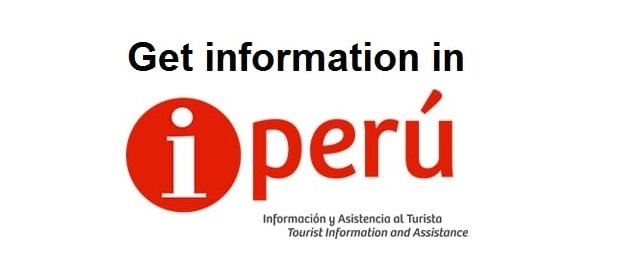

MAIN DESTINIES
PUNO
 At the edge of Lago Titicaca at 3,860 meters above sea level, it is Puno, city that captives and witch by the strange magnetism that looks like if it is coming from the hills, from its lake with the appearance of sea and of its own people, descendants of the Aymaras, growing population that dominates the altitudes.
At the edge of Lago Titicaca at 3,860 meters above sea level, it is Puno, city that captives and witch by the strange magnetism that looks like if it is coming from the hills, from its lake with the appearance of sea and of its own people, descendants of the Aymaras, growing population that dominates the altitudes.
Before the expansion of the Inca Empire, the zone that we know now as Puno, located in the extreme south part of Peru, was dominated by the man of the Tiahuanaco culture, the maximum expression of the Aymara development according to the archaeological remains found in the zone.
On November the 4th of 1688, the Viceroy Conde de Lemos founded the city of Puno, baptizing it with the name of San Carlos de Austria. From that moment the place was changing little by little due to the Spanish priests in order to instruct in Christian doctrine the natives, built the beautiful churches that are still remain.
Puno was the cradle of the Incas civilization. The legend says that from the Lago Titicaca -the highest and more navigable lake in the world at 3,815 above sea level and the second bigger in South America with 8,400 kilometers of surface, emerged Manco Cápac, the first Inca, to found an Empire like the god Sun has ordered. And without any doubts the Lago Titicaca is the main tourist attraction of Puno, and this is located in la Meseta del Collao. Its waters offer an Ichthyologic richness. It has a great and wonderful landscape; the astonishing snow mountains of the Real Cordillera give it an atmosphere of mystery. It is said that the Uros, people of great physical strength who lives on the artificial islands of totora, are descendants from the most ancient race of the world.
This region of Peru is famous for the variety and color of its folklore, undoubtedly the richest and dazzling of this part of the continent, which maximum expression is the party of the Virgin of the Candelaria, which takes place in February.
Nowadays, Puno, capital of the department of the same name, is an important agricultural and cattle raiser, especially of South American camélidos (llamas and alpacas), that graze on vast plateaus and pampas.

Some monuments worth to stand out are the Cathedral, The Balcony of Conde de Lemos, the Arc Deustua, the Municipal Picture Gallery, The Dryer Museum and the Popular Art Museum. At 30 km. From Puno, capital of the department, are the Chullpas of Sillustani, that were tombs of the hatuncollas chiefs (big men), and many vestiges of ancient cultures that inhabit in the region.
We can say that Puno was always loyal to Peru, always looking for a harmony point with our Bolivian brothers with the purpose of the rational and equitable usage of the resources of the Lago Titicaca.
Other possibility of combining the adventure with the history of mailing in the Lago Titicaca, to visit the floating islands where the Uros inhabitants live or the Taquile or Amantani islands.













